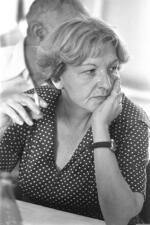Jewish History: World War II
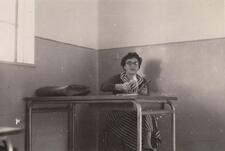
Charlotte Wardi
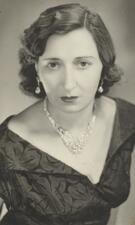
Dora Wasserman
Dora Wasserman created a place for Yiddish theater in Canada by founding a theater and adapting great works of Yiddish literature for the stage. After World War Two, Wasserman immigrated from the Soviet Union to Montreal, formed the Yiddish Drama Group, and produced plays and musicals. She was the first to demonstrate that a theater of diversity could survive and flourish in Canada, and she did so with an all-consuming selfless dedication to her art.
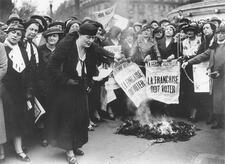
Louise Weiss
Considered an architect of European unity, Louise Weiss is best known for her campaigns on behalf of the peaceful resolution of international conflicts during the interwar years and the Cold War. She also worked on behalf of Jewish refugee rights in the late 1930s and was a leading feminist activist who focused on obtaining the right for French women to vote.
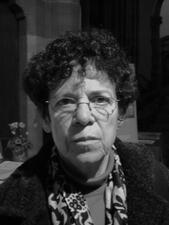
Annette Wieviorka
Annette Wieviorka (b. 1948) is a major French historian of the Holocaust. Her work highlights the specificity of the Shoah in the context of Nazi and Vichy crime generally.
Charlotte Wolff
A pioneering German-Jewish lesbian and feminist physician, Charlotte Wolff became interested in sexology, psychotherapy, and chirology while working as a physician in Berlin’s working-class neighborhoods. Soon after the Nazis came to power she fled to France and then to England, where she began researching and writing books on chirology. In the 1960s she turned her research to homosexuality and published a landmark study on lesbianism.
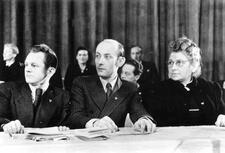
Jeanette Wolff
A well-known Social Democrat and Holocaust survivor committed to equal rights for women and sustained Jewish existence in Germany, Jeanette Wolff refused to compromise her socio-political beliefs. She was active in the SPD both before and after the war and served on the denazification committee in post-war Berlin .
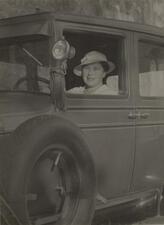
Marguerite Wolff
London-born Marguerite Wolff was a member of Berlin’s intelligentsia in the early 20th century. Between 1925 and 1933 she served as unofficial co-director and later as a research scholar at the Kaiser Wilhelm Institute for Foreign Public Law and International Law.
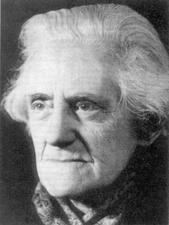
Nelly Wolffheim
Nelly Wolffheim spent her career developing and teaching a kindergarten curriculum based around Sigmund Freud’s psychoanalytic framework. She taught this curriculum, which encouraged children to express their sexual desires, to Jewish women teachers in Berlin. After escaping Germany for England in 1939, Wolffheim struggled to continue her research but began publishing her work again after the war.
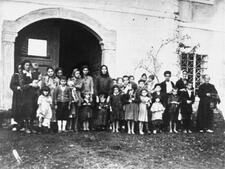
Women in the Holocaust
During the Holocaust, many women’s experiences were shaped by their gender. Pre-war roles and responsibilities, anticipatory reactions to Nazi actions, German policy and treatment of men and women, and the responses of Jewish men and women to Nazi persecution all affected women’s ordeals.
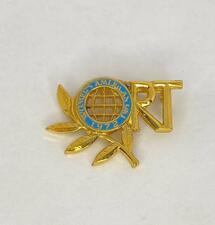
Women's American ORT
Five years after the American chapter of the Organization for Rehabilitation through Training (ORT) was founded in 1922, a women’s auxiliary group (WAO) was created. WAO aided displaced Europeans and focused on creating vocational schools across the world. In the later twentieth century, WAO expanded to help create medical services for students and provide recreational facilities, among other programs.
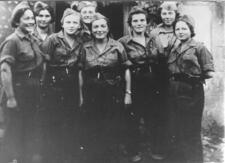
Yugoslavia
The Jewish community of Yugoslavia was small, vibrant, and diverse, with waves of immigrants arriving from the 16th through the 19th centuries. Like many Jewish communities in Europe, the Yugoslav community was decimated by the Nazis, and only a few Jews remain in Yugoslavia today.
Teresa Żarnower (Żarnoweröwna)
One of the most important artistic personalities of the Polish constructivist avant-garde in the 1920s, Teresa Żarnower founded the first Polish constructivist artistic group, “Blok,” and also edited the magazine of the same title. While pioneering the field of avant-garde art, she was also actively involved in left-wing politics, designing election posters and two-party leaflets.
